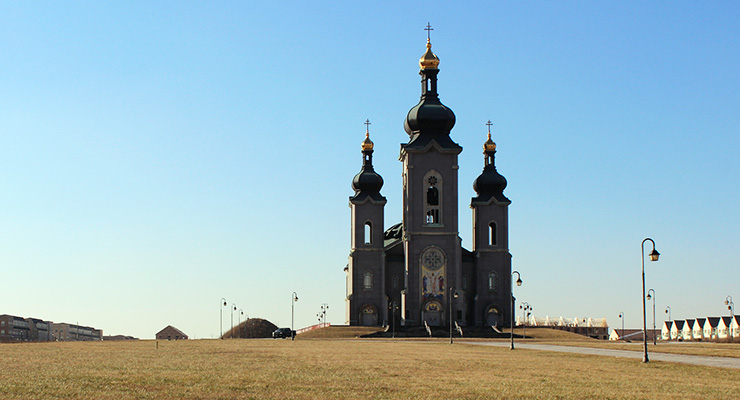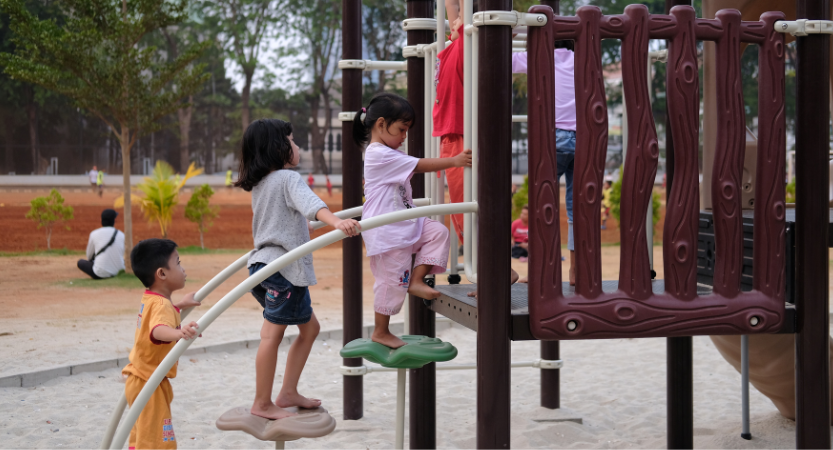MARKHAM – In an unexpected twist that no doubt seemed like a holiday miracle for some local residents, religious services have finally resumed – after a 10-year hiatus – at Markham’s Slovak Cathedral of Transfiguration.
Standing at 14 storeys tall, the impressive cathedral is equipped with a 14,500-kilogram, three-bell carillon, and three massive gold domes that can be seen from kilometres away.
According to a report from the Toronto Star, the well-known York Region landmark has finally made substantial progress on its ambitious interior mosaics, and during the holiday season began holding services for the first time since its original congregation of Slovak Catholics moved out of the building in 2006.
The church’s newest congregation, made up of worshippers from the Richmond Hill-based Jesus the King Greek Melkite Catholic Church, has been using the space since late November, following a fire that rendered the existing Melkite church unusable.
The church’s long-delayed completion came as welcome news for not only the Melkite congregation, but the many residents of Cathedraltown – a master-planned community of parks, shops, and European-style row homes, which was designed to use the landmark cathedral as an anchoring feature.
While Cathedraltown’s first homes launched more than a decade ago, the popular community has continued to grow, with The Courtyards – the project’s newest phase – already accepting registrations. With each home including eco-friendly features like insulated windows, low-flow showerheads, and Energy Star appliances, the new addition has already earned LEED’s prestigious Silver certification. Areas around Cathedraltown have also flourished, welcoming successful new developments such as the Bishop’s Gate community in nearby Victoria Square.
As for the cathedral itself, the next steps planned by the Slovak Greek Catholic Church Foundation (which owns the building) are to ship several remaining mosaics over from Italy for installation, as well as putting finishing touches on walls, floors, and pillars.
Once those final touches are complete, the church will be able to upgrade from its current temporary occupancy permit (which designates the current congregation’s services as the building’s only permitted use) with a permanent permit, that will enable the Foundation to welcome other visitors to the site. According to a recent report in the Catholic Register, the church is aiming to reopen fully by spring of this year.




